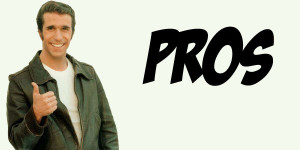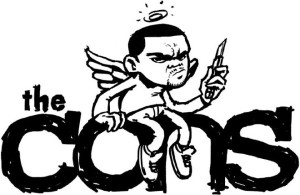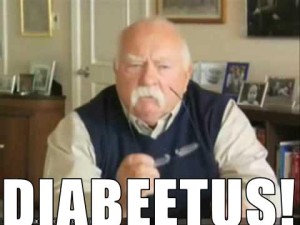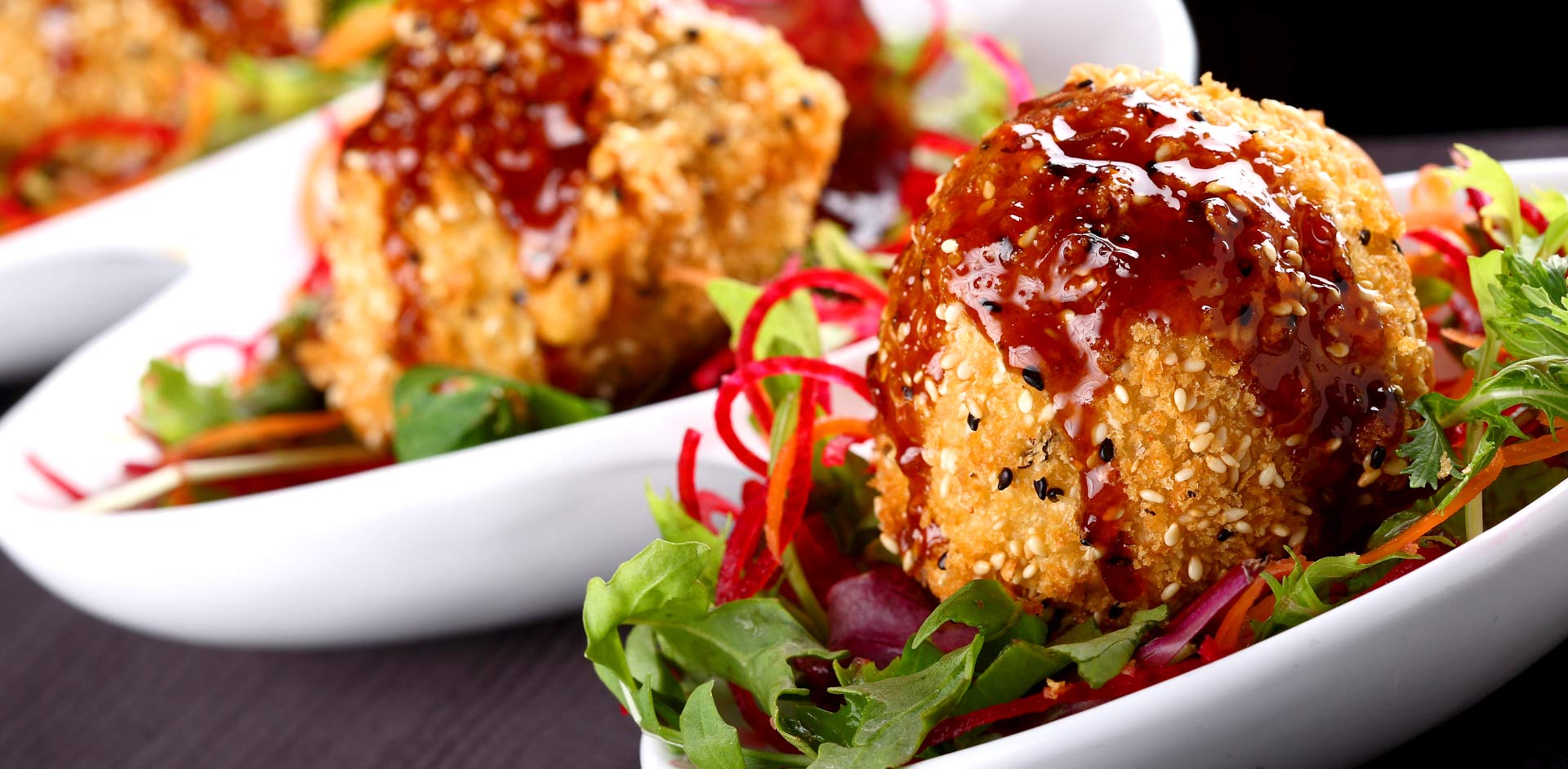It’s not too rare for me to get questions from clients and lifters about which style of nutritional approach to use. With the dozens of different dieting methods and theories out today, it can be a tough call on which method to take. IIFYM, CBL, CNS, Mountain Dog, IF, Paleo, etc. Ask any particular nutrition coach and they will likely give you a different alphabet soup of what to go with.
I personally have been using Carb Backloading from Keifer for years, and it has yet to fail me. Now, I say upfront that the best dieting approach for YOU is what you can stick to the best. At the end of the day calories and macronutrients do matter. If you want to lose weight, you need to eat less than you expend, and to gain weight/muscle you need to eat more than you expend. This will not change no matter what dieting method you opt to take.
Being a CBL follower for the past few years, it has just ended up being the method that has worked best for ME. However, over the years I’ve made some tweaks to Keifer’s recommendations which I think can be beneficial for all. The main reason I think people find CBL so attractive is that they think they can eat strictly junk and apple turnovers and get ripped to shreds or “jacked and tan”. While this would be nice, it isn’t exactly the whole truth. Even I will admit this, and I’m pretty luckily genetically speaking when it comes to body composition (I hold on to muscle mass well, stay relatively lean year-round, and my weight doesn’t fluctuate too much).
What I’ve managed to do over the past few years is make some minor tweaks in certain places and with ideas from other nutritional experts, people like John Meadows, Fred Duncan, Shelby Starnes, and Ben Hartman to name a few.
So let’s get down to the insulin spiking..
Pro’s

There are quite a bit of positive things that I like about CBL.
- Flexible Dieting approach
- Lifestyle Practical for most people
- Easy to follow
- Lots of green, leafy vegetables
- No actual calorie counting
- Built around the “anabolic window”
- Carb Cycling approach
Flexible Dieting Approach
This is probably the number one quality that I enjoy about CBL. It actually allows you to enjoy some of the guilty foods, but also use them to help fuel your training and spike insulin when you need it most. You can also have fattier options during certain aspects of the day or more so on non training days. So it gives you a nice blend. Want a cookie for dessert with dinner? No problem. Going to a birthday party loaded with sweets as majority of the carb sources? Go ahead and have them in moderation. Want a fatty cut steak? Go for it.
The key thing is to make sure you are staying low carb most of the time except for post workout in the evening. Then after all that hard training, you can have some sweets or fill those cravings you have without too much of a negative effect.
Life Style Practical
This somewhat feeds off the last point. With CBL, most people work a 9-5 job or something similar and tend to hit the gym after work or early evening. Afterwards, all you want to do it make something simple for dinner or maybe even catch something quick on the way home. Carb Backloading allows for this to happen with people that live this lifestyle. While it typically has you skipping breakfast, and drinking coffee and cream and/or coconut oil, this also works well for those that commute to work and have to get kids ready in the morning. It also works well for those that need to be up super early in the morning and really don’t have time to make a big breakfast and have time to eat it. You will also find that limiting carbs at lunch may help prevent mid-afternoon crashes, letting you be more productive.
Easy to Follow
Carb Backloading is pretty easy to follow. Not training that day, you should probably not have many carbs and stick with higher fat and protein filled options. Training day? Just have carbs that evening after training. That’s pretty much the low down. Whether you opt to truly skip breakfast or go with the coffee concoction is really personal preference. If you follow these general rules, you’re pretty much nailing 90% of the approach.
Lots of Vegetables
The general public is lacking really bad in this department as a whole. Carb Backloading thrives on green, leafy vegetables to help you feel full and get in sufficient fiber during your low carb days. It can therefore help you eat less overall food and get your micronutrients in for the day. There isn’t much better for overall health.
No Calorie Counting
Many people hate the words “diet” or “dieting” because they think they have to prepare their meals like an IFBB pro bodybuilder. With CBL, you really don’t have to do this. If you manage your portions and eat low carb when you’re supposed to and fill up on carbs after your training, you’ll likely be pretty close to your macronutrient breakdown. The key thing with that statement is “manage your portions”. Eating a ton of food will still hinder your progress, but limiting carbs does let you eat more meat and fat. But generally speaking, unless you eat like a fat kid, you likely won’t be a fat kid.
Built Around the “Anabolic Window”
This has been all the rave over the past few years. I personally think this is great time to help with recovery and ensuring your body is primed to get it’s best “bang for the buck”. Most people don’t really understand why they have protein shakes after training, other than that’s what the most recent guru said in a magazine article. Carb Backloading builds a lot of it’s approach by using the hormonal responses from training to help manipulate the macronutrients so they are optimized during ingestion. While I certainly won’t go into all the science behind it, but having leucine rich protein and carbs after training with CBL helps with the carbs that come at dinner to shuttle them into the muscles more so than fat. Not every carb you eat will be stored in the muscles or liver, but it certainly helps with the timing and limiting the dump into fat cells. Basically if you are going to eat some junk, at least the high insulin spike could help with shuttling more nutrients where you want them.
Carb Cycling Approach
Carb Backloading uses more of a carb cycling approach. Carb cycling got popular years ago, and then it fell off for a bit. Well with Keifer bringing CBL to the forefront, it kind of made it’s way back. On non-training days, carbs are limited as physical activity is pretty low. On training days, the carbs go up after training. The thing Keifer changed was that the carbs after training are actually used to help fuel the next training day. However, having them after training does help with the insulin spike like we mentioned earlier. So you kind of get two for the price of one. I personally like this as I feel it helps maintain good insulin flexibility and can help with body recomposition given that everything else is locked in where it needs to be. Generally speaking, CBL is carb cycling but with just a few minor tweaks along the way.
Con’s

Now for what you’ve probably been thinking…”So where are the drawbacks?” Here are what I think are the negatives.
- Not Ideal for those that train in the morning or afternoon
- Very Easy to Overdo it
- Some People Enjoy Breakfast
- Feeling “Guilty”
- Can Build Bad Eating Habits
Not Ideal For Those That Train in the Morning or Afternoon
While Keifer has a section in his book about how to use CBL if you train in the morning or afternoon, I don’t feel that it is exactly ideal. While he even states that, I feel that sometimes if it’s not ideal, why follow the protocol? There are plenty of other nutritional/diet options. If you train any other time than evening, you technically need to backload the night prior. I don’t like this as it has me eating copious amounts of carbs at night with no need for an insulin spike. The hormonal responses just aren’t as optimal. Again, it’s still doable, but I just like things to be optimal if at all possible, and generally speaking if you’re training in the morning or afternoon, there probably is something better suited for you.
Very Easy to Overdo It
By this, I’m mainly talking about overeating, especially on the backloads. Many people think this is the time to pig out and go savage on anything that has carbs. Hell, I’ve been there. For people that don’t have a good understanding of serving sizes and general macronutrient breakdowns, this can be a huge pitfall. Before you know it you might have smashed 350+ grams of carbs in one sitting. The kicker here, is that most people don’t take into account the fat content of some of the carb loaded foods they’re eating. For an example, Oreo’s have 9 grams of fat for TWO cookies! You’re telling me you’re only going to eat two Oreo’s? Please. That fat content adds up fast, and piles on the calories quick.
Some People Enjoy Breakfast
Carb Backloading thrives on limiting caloric intake in the morning by having coffee with cream and/or coconut oil. While this isn’t a bad thing, some people just enjoy breakfast and truly feel better throughout the day when they have it. While it’s not good to load up on pancakes, French toast, and chocolate milk, it can be good to have some solid food during the morning. Things like eggs, ham, sausage, a few pieces of bacon, and toast really isn’t all too bad of a meal. Fairly low in carbs with quality protein and ample fat to get through what can be long mornings. Plus, in my opinion breakfast food is the best, so why not enjoy it to start your day off on a good note. Again, if you enjoy breakfast, CBL probably isn’t for you.
Feeling “Guilty”
When many people set out to improve their body composition, they think they need to really tighten down their eating habits. Generally speaking this is true, but with CBL you can actually have some sweets and “cheat” food. Some people I’ve seen just feel guilty about it afterwards, and I’ve even been there during a meet prep when I really start to tighten down on my weight. Eating some ice cream or cake may make some feel bad after they have had it and really beat themselves up. While they shouldn’t in the big picture, it happens, and more often than you’d think. If you want a pretty structured plan and do better once you get on a roll, CBL might not be the best. You could technically avoid those foods, but if you’re going to avoid them, there are other ways to diet and have carbs more frequently than a few times per week.
Can Build Bad Eating Habits
This technically is a lump of many of the points above. Skipping breakfast, pigging out, feeling guilty, and other aspects just aren’t good sustainable eating practices. I’ve seen this first hand, and it can lead to some people really piling on the weight (and not the good kind). If you think bad eating habits can happen and have a hard time monitoring how much food you are really eating I highly suggest you find something other than CBL. If you are a former “fat kid” (were previously obese), this could trigger some bad habits you had and hurt the progress you’ve already made. It can still work, but if discipline is what causes you to crash and burn, there are much better dieting approaches to keep you on track and not build bad eating habits.
Revisions

In all seriousness…
I’m sure this is the part you’ve primarily been wanting to get to anyways.
If I had to make some minor changes here is what I would do, and have tried or continue to do over the past year or so to make the diet more sustainable but still follow most of the main principles.
- Place majority of carbs after training, regardless of time of day
- No carbs in post workout shake
- BCAA/Leucine during training
- Protein in the morning
- Protein before bed
- “Cleaner” carb sources
Place Majority of Carbs After Training, Regardless of Time of Day
As mentioned previously above, I think basing your nutrition around training can have plenty of benefits. The main change I have made is having majority of my carbs placed after training. While I still prefer to train in the evening, I don’t always train at that time. There are times where I will need to train in the morning or evening, so therefore I just bump my backloads to after that session. I still get the insulin bump and hormonal responses, and can still use those carbs to fuel my next training session. I’ve found this has helped my body composition as a whole. The reason I say “majority of my carbs” because I still have some during other aspects. I might have a low carb wrap or mixed nuts at other times. The carbs can add up, but I’m still making wise food choices and having 80-90 percent of my carbs after I train. This makes the diet much more flexible when training needs to move. You could say I’m no longer following CBL, but I still stay lower carb at other points of the day and on off days. So the main principles are still intact.
No Carbs in Post Workout Shake
Keifer suggests you have some dextrose in your post workout shake, but for me I decided to remove this part. It’s only a small piece, but I’d much rather have those extra carbs with my next solid meal or use this as a time to help lean up. Fred Duncan has even done an article about this, and showed that it can help increase the insulin spike when carbs are introduced. For me this is just personal preference, but if you want to purchase one less supplement or not eat gummy bears with your protein shake, it can be a good option and is still backed by science.
BCAA/Leucine During Training
While Keifer writes that it’s okay to have some leucine during training, I’ve even added in some BCAA’s. While it might not have the exact same hormonal response or hinder insulin spiking a bit, I have noticed that my recovery is considerably better. Again this is a minor change, but for me, my training has felt better since going this route, and think it is worth noting if you are looking to optimize your recovery and training. The exact product I use is POST from NutraBio.
Protein in the Morning
Again, Keifer writes in his book that it is okay to have some protein mixed in with your coffee in the morning. I do this from time to time, but sometimes I find myself having a legit breakfast. I make sure that all I have is protein and fat. My usual go to is a 3 egg omelet with cheese and spinach. This routes back to those that enjoy breakfast. I think if you enjoy breakfast or don’t like coffee that this one simple issue shouldn’t hold you back from going on with the rest of the protocol. While the protein will still spike insulin to an extent, this is still a very good breakfast option and healthy. So if you want breakfast, just keep the carbs to a minimum and carry on with the rest of the protocol. It’s not going to make or break it.
Protein Before Bed
This is a protocol that I use especially on non-training days. I will have a protein shake or my protein pudding. This allows me to get in plenty of protein and fats and meet my caloric demands while also helping my recovery. I also find that it leaves me less hungry in the morning, making it easier to go a bit longer after only having coffee and coconut oil. This is only a small change, but it can really help you reach your protein intake considerably easier and is just a nice little treat before bed if it’s been a low carb day.
“Cleaner” Carb Sources
I think this is the primary change that I have made to the entire protocol. Save the best for last, right?
What I’ve done here is change to have most of carb sources come from better sources. I go mainly with rice or potato based foods. While Keifer suggests you have “dirty” foods, I’ve found that rice and potatoes just fill me up tremendously more. This prevents me from pigging out and going overboard. I will have flour based things from time to time, but as a meet approaches I limit these to help decrease water retention. But, if you base your carb meals with lean meats and rice/potatoes you will be eating tremendously better. I then follow this up with a small dessert that I am craving…ice cream, Rice Krispy Treats, cake, brownies, etc. So while it isn’t entirely “clean” it’s much better than going crazy on burgers and fries.
The other change here I made was really watching my fat intake. I get ample fat at other times, so I really focus on lean meats, primarily chicken. I also make sure with the better carb sources this is limited, so if I do have fat, it mainly comes from the dessert I eat and that’s it. My macronutrients stay in much better check.
On this note, a good carb number to shoot for is about one gram of carbs per pound of bodyweight. The index chart that is in CBL is misread 90% of the time, so start here and make adjustments as you need. You’ll find this is usually plenty and won’t have you overeating and will let you make better adjustments as you need.
Round Up
As a general rule, I think CBL has some good uses and is great for many. Others, it might not just be the best option. However, if you opt to run CBL I would take the suggestions I’ve listed and use them from the get go. I wish I would have had these when I started as I would have had a much easier time.
At the end of the day, it’s up to you to find the dietary method that works best for you. I’m not going to shove CBL down your throat like an apple turnover, or to my clients. I suggest they find what helps them the best and make tweaks as we need. Since I don’t do nutrition coaching, I just do a lot of advisement and assistance as they need to get their training and programming to become more beneficial for what we are trying to do.
Now excuse me while I go squat and then have some ice cream.








